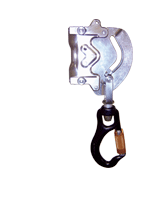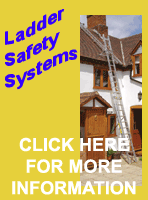

Safe Working at HeightsFalling from heights is one of the most common causes of death on construction sites, but in any type of business, working at height is a high risk activity. Any work or movement at height near an exposed edge should be considered a hazard and this includes work above or below ground. In order to safeguard your workforce and minimise the risk to those exposed to working at heights the following guidelines should be followed:
If you must use a fall arrest or fall restraint system then the following points should be considered.
If you are unsure about anything, don’t guess, seek expert advice. You could save yourself a lot of money, time and heartache. Note the following.
Reducing accidents in the work place is a sound management practice. Not only does it make your workforce happier, but you will save money through improved output and reduce the risk of fines and compensation claims.
|
|
|||||||||||||||||||||||||||||||||||




